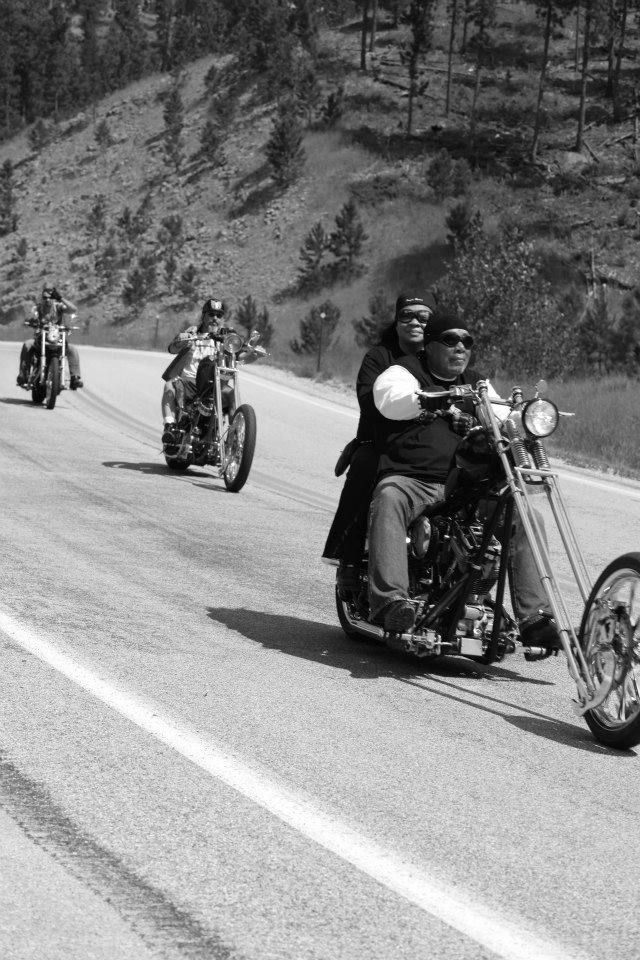While traveling around the country, Sugar Bear was struck about how little custom enthusiasts knew about their history – how it evolved, the individuals who were involved and their accomplishments, and past trends which were thought to be new at the present time.
About Sugar Bear


Sugar Bear entered the world of motorcycling in August,1969 when he bought his first motorcycle, the newly introduced 750 Honda, even though he didn't know how to ride. Within 2 years, 1971, he opened his first shop, Sugar Bear's Shop Chop. The sign painter got Chop and Shop backward, but, Sugar Bear told him to leave it alone and kept his signage that way through 1982.
Sugar Bear made his first springer in 1972, and tested it for two years before he made it available for his clients. The Sugar Bear Springer has basically remained unchanged since its introduction and is considered by many in the custom motorcycle industry to be one of the most recognizable and influential products for use in the customization process for motorcycles.
During Sugar Bear's time in the motorcycle industry, he has seen trends, companies, and individuals come and go. He has heard multiple conversations and debates about the future of choppers and whether or not they would survive. His belief that choppers are an American art form, as much as automotive hot rods, has been the motivation to establish a facility to preserve this unique genre of American art and cultural history.
These factors all played a part in his wanting to establish a "place" that would and could bring all of this together to educate, enlighten, and preserve this history for enthusiasts and the motorcycle industry.
The Sugar Bear Chopper Museum has been established as a 501(c)(3) non-profit corporation in order to pursue it's mission of promoting the education and awareness of customization and its influence on American culture. The Sugar Bear Chopper Museum will present exhibitions of chopper history by showcasing custom motorcycles of different eras, by having custom builders -new and older- conduct presentations of their work and history. It would also be a gathering "place" for all interested in this uniquely American art form. In other words, "A Place for Chops".
